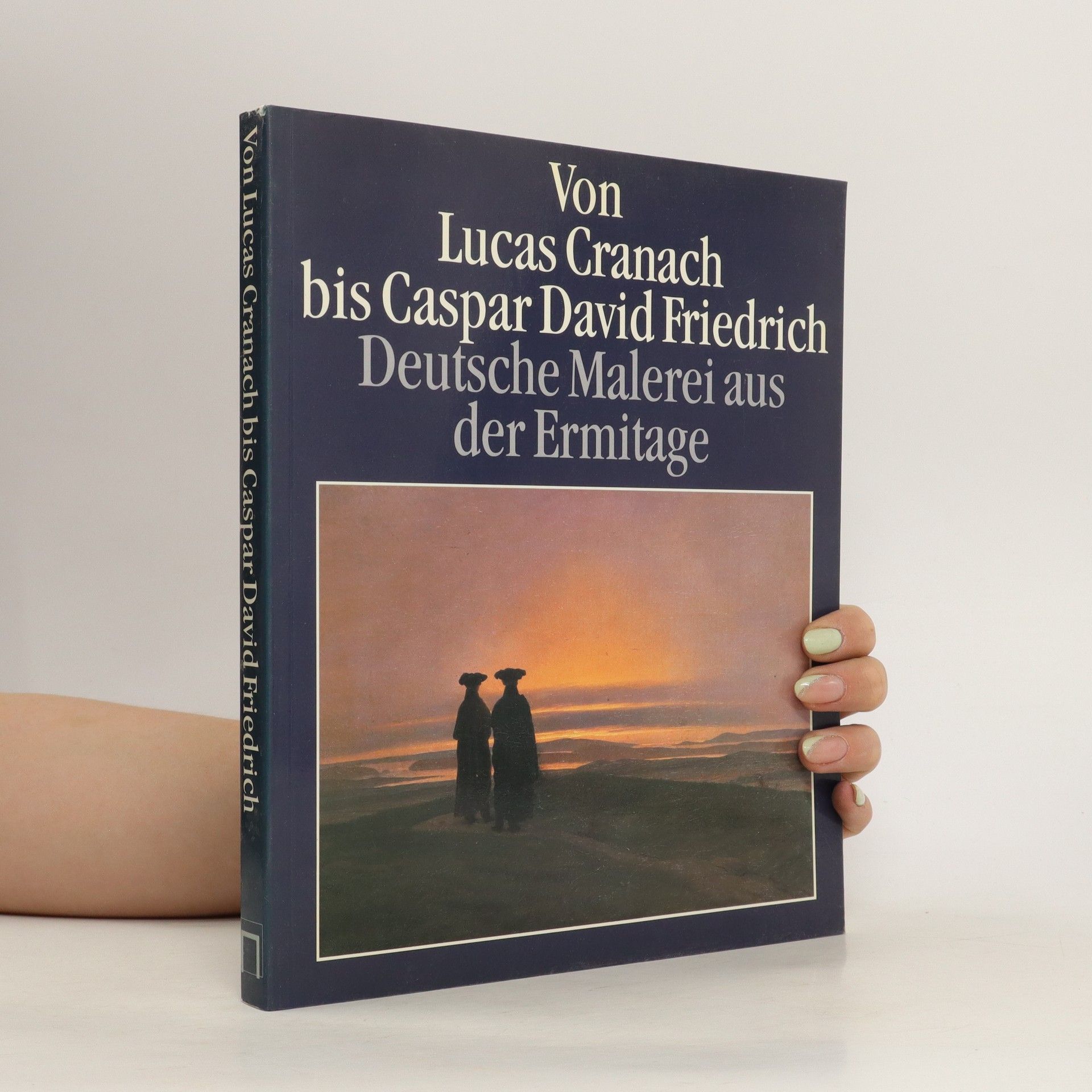Michelangelo Merisi da Caravaggio (1571-1610) stirred late-sixteenth-century Rome with his groundbreaking naturalism and emotionalism in painting. Despite the extensive literature on him, this book advocates for a fresh examination of the narratives surrounding his life and work. The author, Sybille Ebert-Schifferer, critically reevaluates available sources, revealing that many disparaging views of Caravaggio stemmed from cultural biases or the rivalries of his contemporaries. Contrary to claims that he lacked education or piety, Caravaggio was a skilled technician who devised a successful marketing strategy. He garnered respect and high fees from prestigious clients while inspiring numerous imitators. His legal troubles mirrored the behaviors of the aristocratic Romans he aspired to emulate. The volume features beautiful reproductions of Caravaggio's paintings, illustrating why he captivated his contemporaries—a fascination that persists today, fueling ongoing debates among art historians about his enduring legacy.
Sybille Ebert Schifferer Boeken





Full of new information and beautiful illustrations, this fascinating history of the European still life from the ancient world to the twentieth century is a pleasure to read and a joy to look at. Readers will learn about the still life's origin in Greco-Roman images of xenia, or "hospitality gifts," and how these evocative pictures evolved into the superb trompe l'oeil still-life paintings of the Roman Empire. The book continues with the still life's re-emergence in sixteenth-century Europe and its new associations with the cycles of nature and with Christian moralism, and follows its development to the pure still lifes of the eighteenth century and later. This astonishing pageant encompasses the meticulous realism of the Old Masters and the powerful forms of Courbet and his fellow Realists. It continues with the gorgeous visions of Monet and Renoir, the dynamic compositions of Cezanne and Picasso, and the Pop witticisms of Tom Wesselmann and Roy Lichtenstein. Taken together it is one of the great epic stories of Western art history.
Joachim von Sandrart
Ein europäischer Künstler und Theoretiker zwischen Italien und Deutschland
- 279bladzijden
- 10 uur lezen